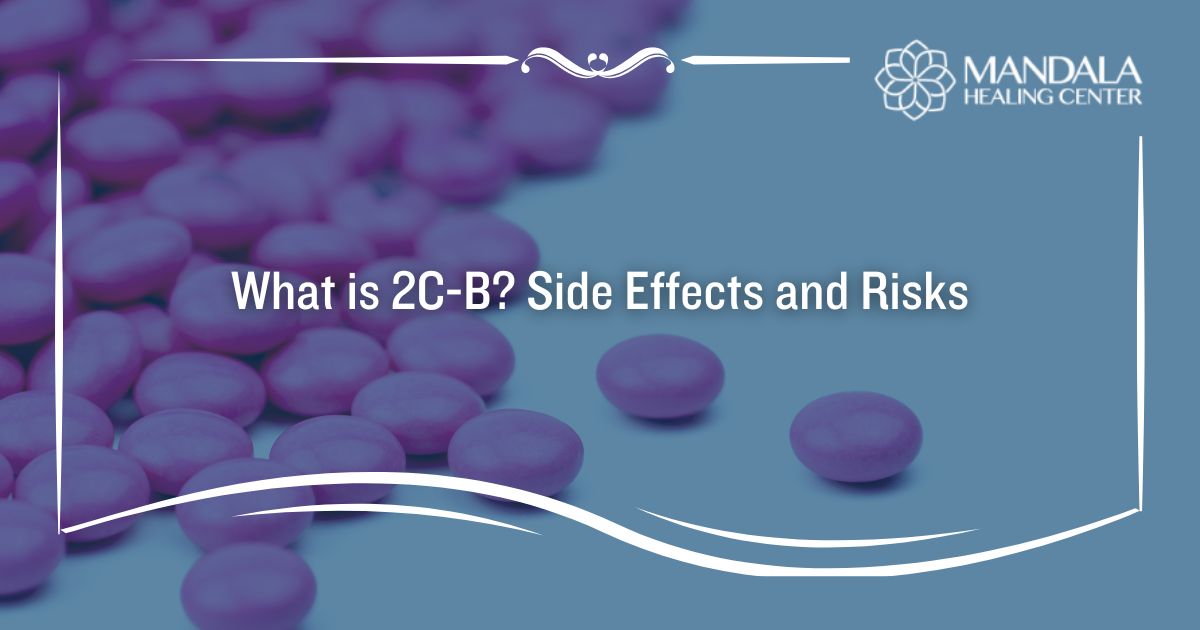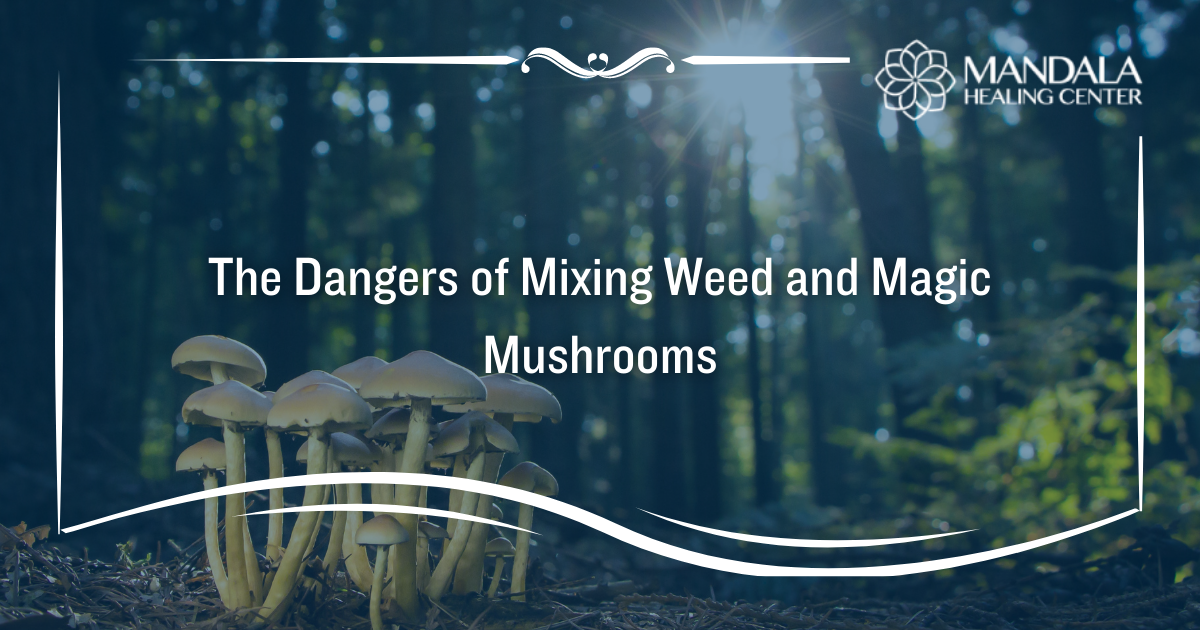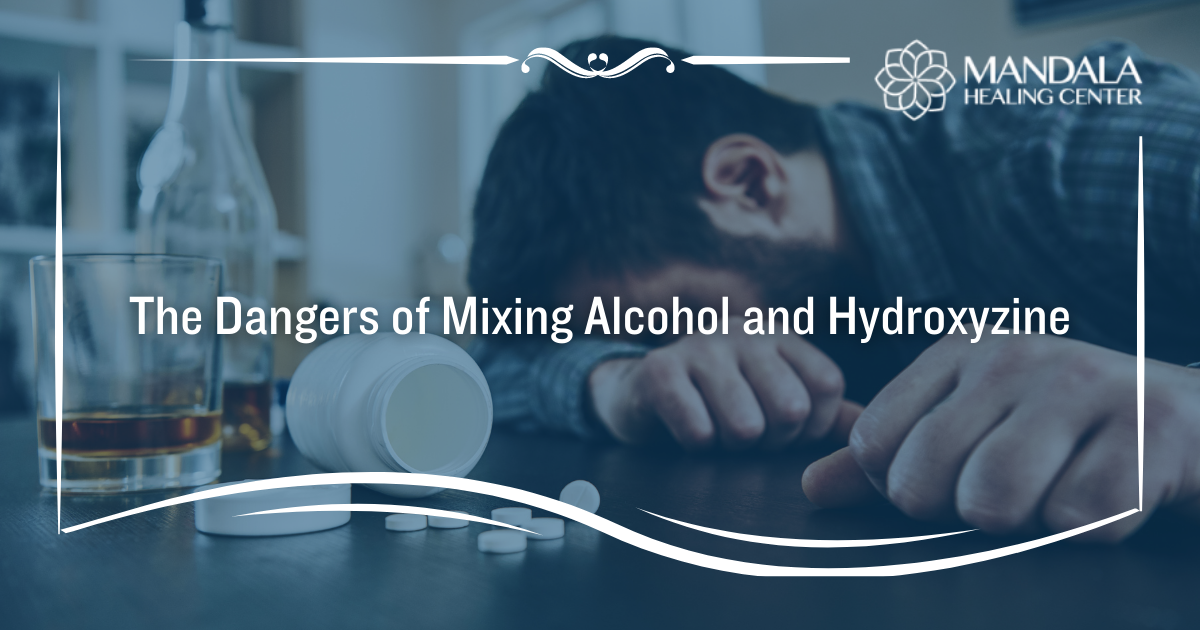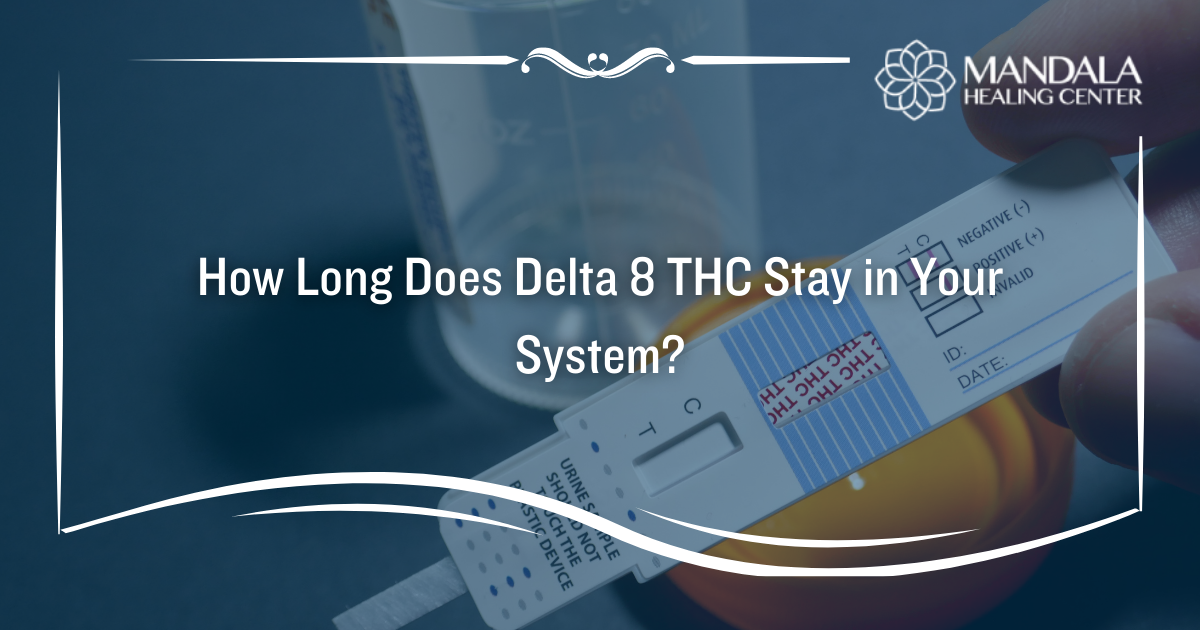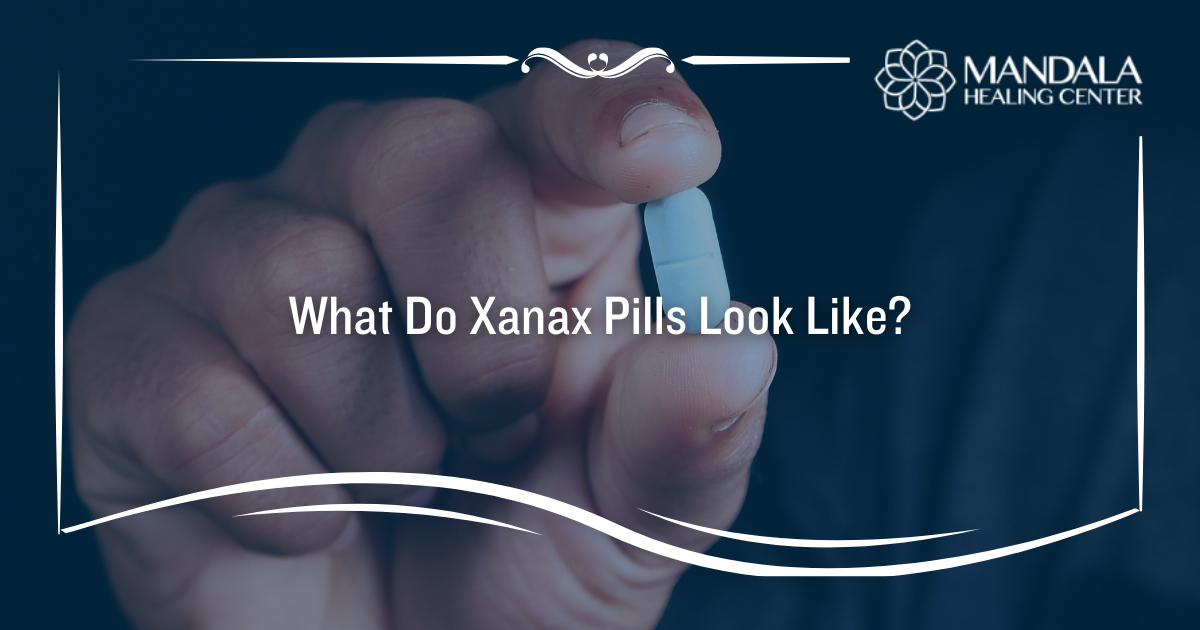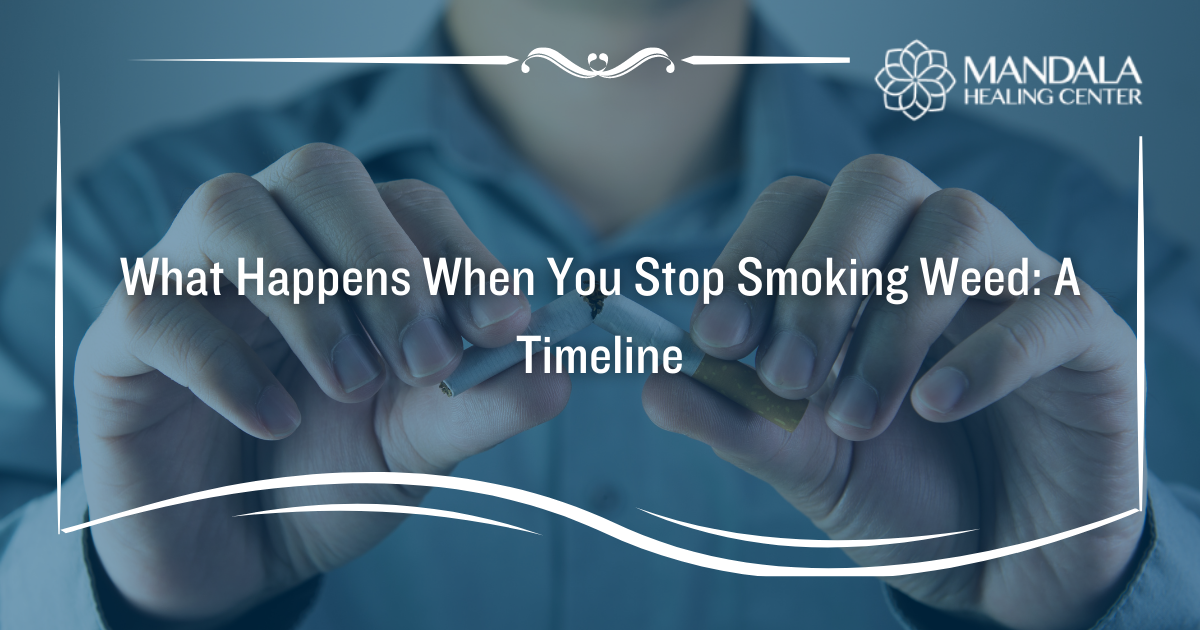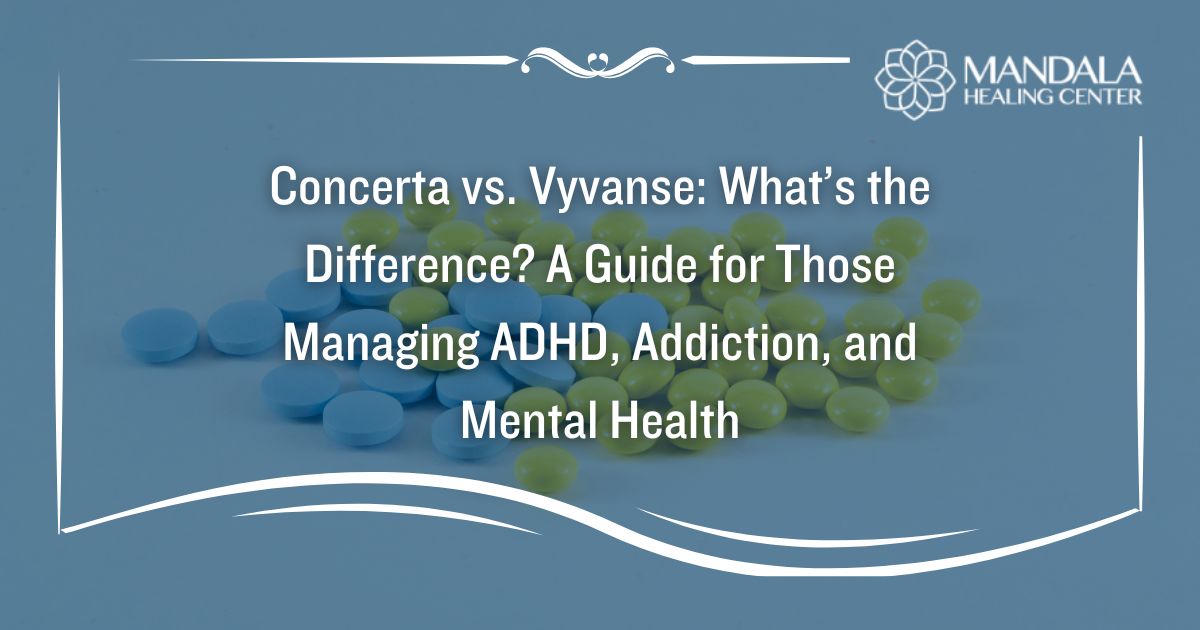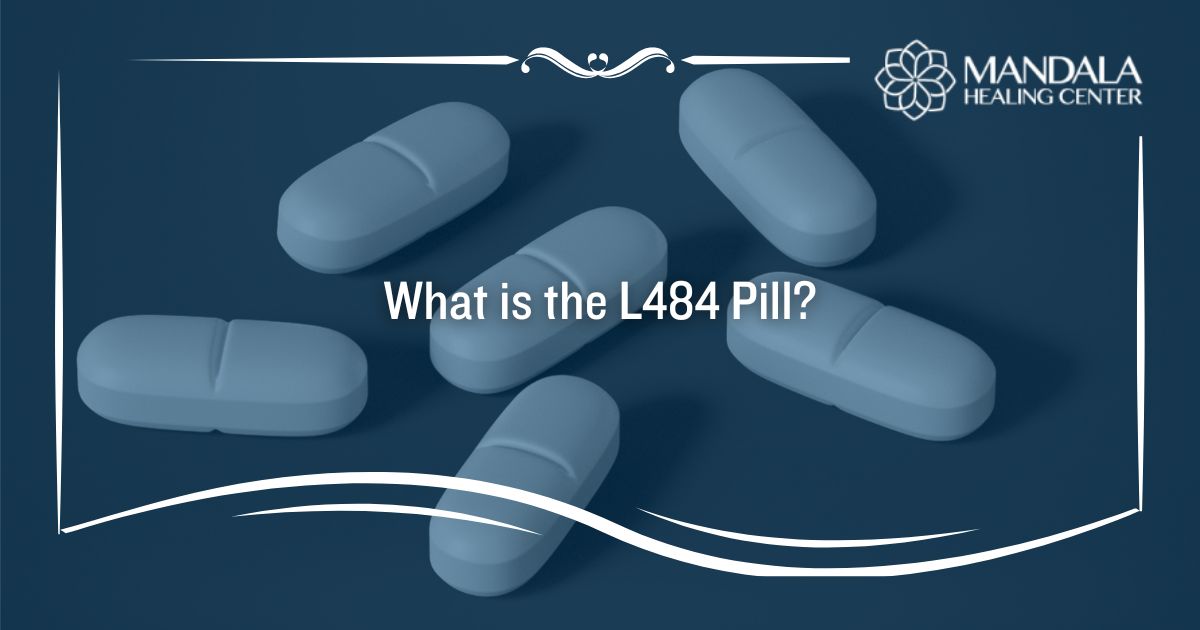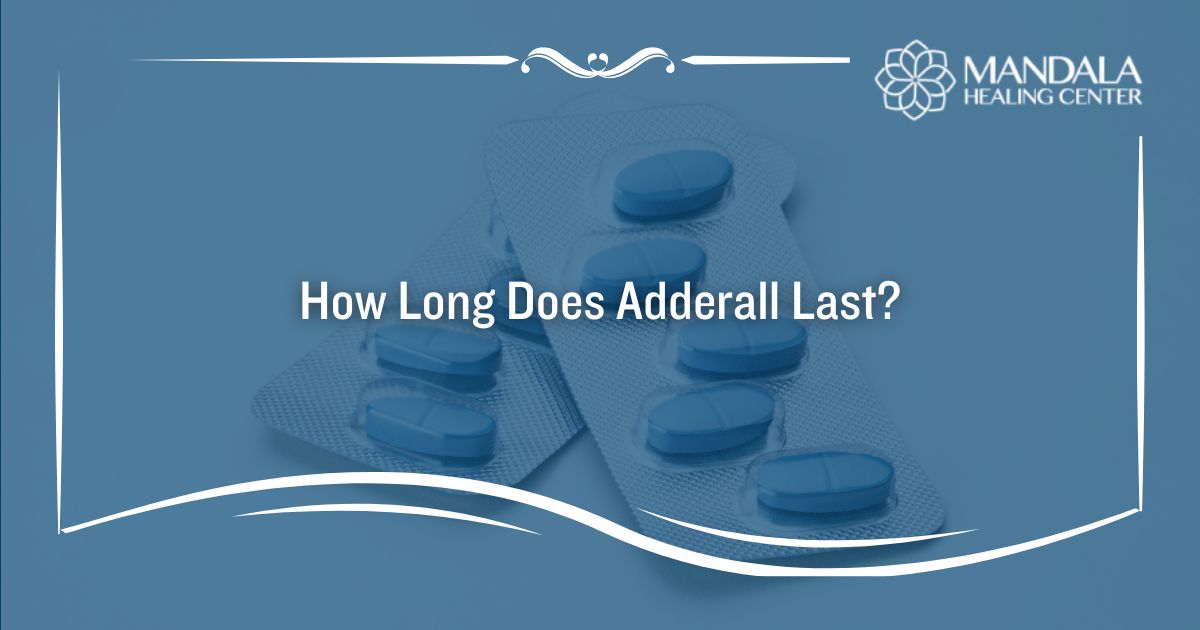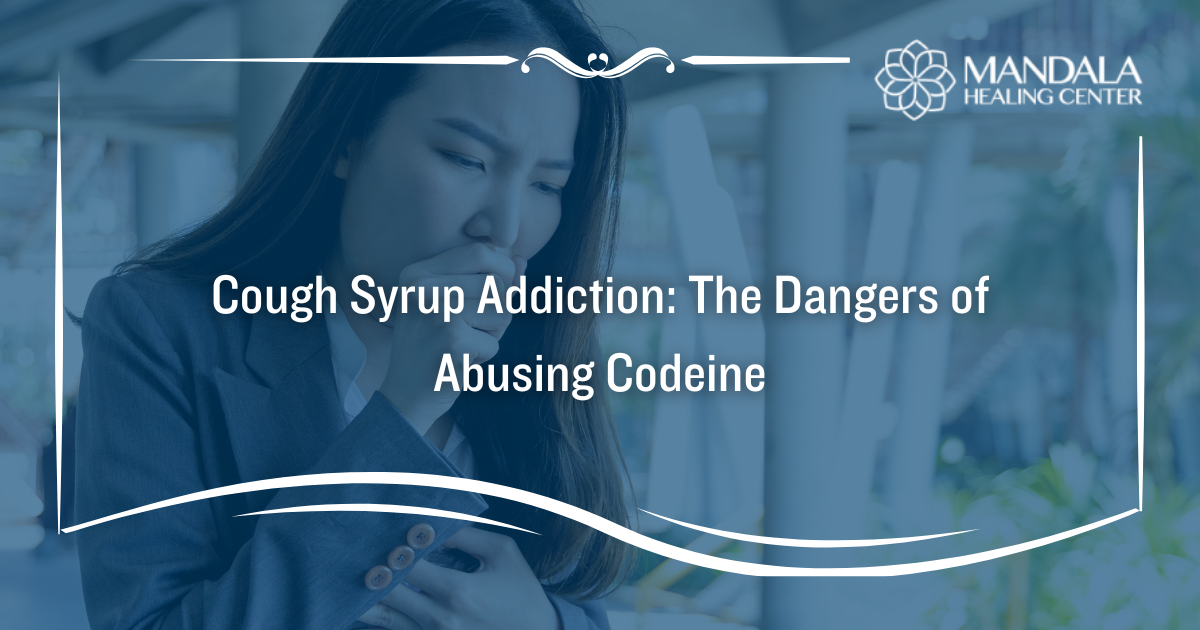Hallucinogens are a class of drugs that cause changes in the way you think, feel, and perceive the things around you.[1] You will experience visual and auditory hallucinations when you abuse them. You have probably heard of LSD or psilocybin mushrooms, the two most common psychedelic drugs.
Some hallucinogens are derived from natural plants, like psilocybin. On the other hand, hallucinogens like LSD are man-made and created in a lab. Man-made hallucinogens are also referred to as “synthetic.”
In recent years, people have begun abusing a synthetic hallucinogen known as 2C-B or (4-Bromo-2,5-dimethoxyphenethylamine.) People describe the effects as being similar to a mixture of LSD and MDMA. Because of the effects 2C-B can cause, it is popularly abused in clubs, raves, and music festivals.
While abusing 2C-B might sound fun, it can cause a wide range of health risks and long-term effects. For example, high doses of 2C-B can lead to psychosis and cause you to develop a condition known as hallucinogen-persisting perception disorder (HPPD). Because of the dangers, you should seek help from a professional addiction treatment center.
In this article, you will learn:
- What is 2C-B?
- What effects does 2C-B cause?
- What are the dangers of abusing 2C-B?
- Can you recover from 2C-B addiction?
What is 2C-B?
2C-B is a synthetic hallucinogen drug that belongs to the “2C family.” It is chemically and structurally related to substances like 2C-I and 2C-E, which also cause psychedelic effects.
2C-B was created in 1974 and gained popularity as a substitute for MDMA in the 1980s. Because its abuse can lead to health risks, the Drug Enforcement Administration (DEA) classified it as a Schedule I substance.[2]
People describe the high of 2C-B as being similar to a mixture of LSD and MDMA. In other words, it can cause intense hallucinations like LSD and stimulating effects similar to MDMA.
What are the Side Effects of 2C-B?
2C-B can cause a wide range of physical and mental health effects. You might experience visual and auditory hallucinations as well as mood changes. The hallucinogenic effects of 2C-B are what causes people to be attracted to the drug.
The potential side effects of 2C-B include:[2]
- Dry mouth
- Excessive sweating and dehydration
- Increased blood pressure and heart rate
- Heightened energy
- Nausea and vomiting
- Dizziness and drowsiness
- Euphoria and intense happiness
- Increased confidence
- Visual and auditory hallucinations or changes in sensory perception
- Feelings of anxiety, panic, and paranoia
- Increased libido
- Mental confusion
- Insomnia or sleep disturbances
- Delusional thinking or violent behavior
According to the DEA, the dose you take can impact what side effects you experience.[2] For example, 4mg of 2C-B might cause passive behavior, relaxation, and slight changes in sensory perception. On the other hand, higher doses of 2C-B can lead to intense hallucinations, psychosis, and aggressive or violent behavior.
What are the Dangers of 2C-B?
Since it is not well-studied, the long-term effects of 2C-B are not widely known. In other words, abusing it repeatedly could lead to health risks that even medical professionals are not aware of. That said, there are some dangers you should be informed about.
The physical risks of abusing 2C-B, especially at high doses, include:
- Hypertension
- Hyperthermia
- Gastrointestinal problems like diarrhea and vomiting
- Muscle twitches and tremors
- Severe headaches
- Facial flushing
- Excessive sweating and dehydration
- Seizures
The mental health risks of abusing 2C-B include:
- Frightening hallucinations and delusional thinking
- Agitation or aggression
- Confusion and panic
- Anxiety or fear
- Psychosis
- Hallucinogen-persisting perception disorder (HPPD)
Abusing any hallucinogenic drug repeatedly can lead to HPPD.[3] This condition causes you to continue experiencing hallucinations even when you are sober, which can be incredibly distressing. Unfortunately, HPPD can be permanent, requiring long-term medication.
Can You Overcome 2C-B Addiction?
If you have developed an addiction to the drug 2C-B, it’s time to seek professional help. Consuming 2C-B long-term could cause you to develop a substance use disorder, which must be treated by a licensed drug and alcohol rehab program.
During one of these treatment centers, you’ll receive a variety of evidence-based services to ensure you achieve long-term recovery. For example, you’ll participate in medical detox, individual therapy, group counseling, holistic therapies, relapse prevention planning, and aftercare. All of these treatment techniques make it possible for you to recover from 2C-B addiction.
If you are looking for 2C-B addiction treatment, the Mandala Healing Center is here to support you. We offer an inpatient rehab program that includes individualized treatment and evidence-based care. Additionally, we combine clinically proven treatment methods with holistic services to ensure you get a “whole-person” approach.
Get Connected to a 2C-B Rehab Program
If you or a loved one suffers from 2C-B addiction, you’ve come to the right place. At the Mandala Healing Center, we can provide you with the tools and support you need to achieve long-term sobriety.
Contact us today for more information on how we can help you recover from 2C-B addiction.
References:
- The National Institute on Drug Abuse (NIDA): Psychedelic and Dissociative Drugs
- The Drug Enforcement Administration (DEA): 4-Bromo-2,5-Dimethoxyphenethylamine
- Frontiers: On Perception and Consciousness in HPPD: A Systematic Review


